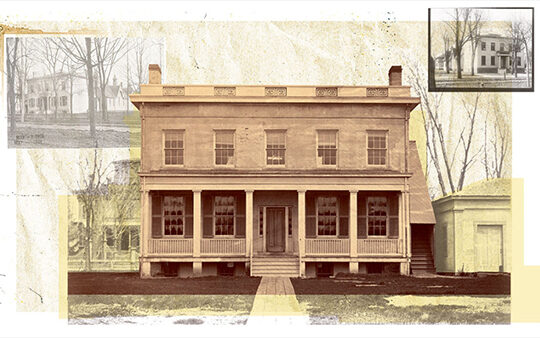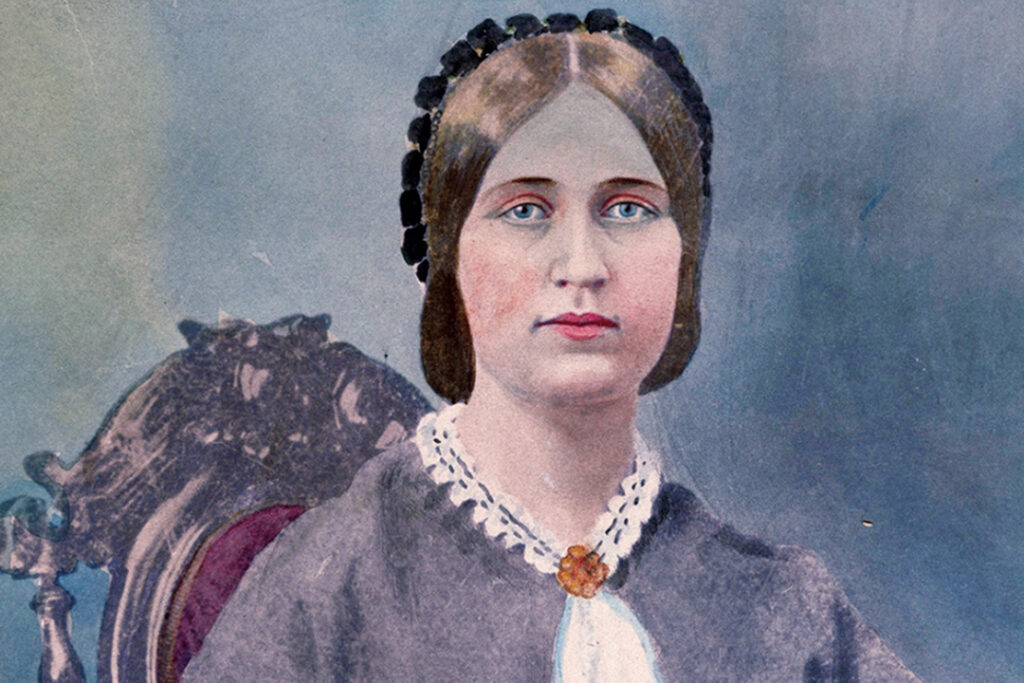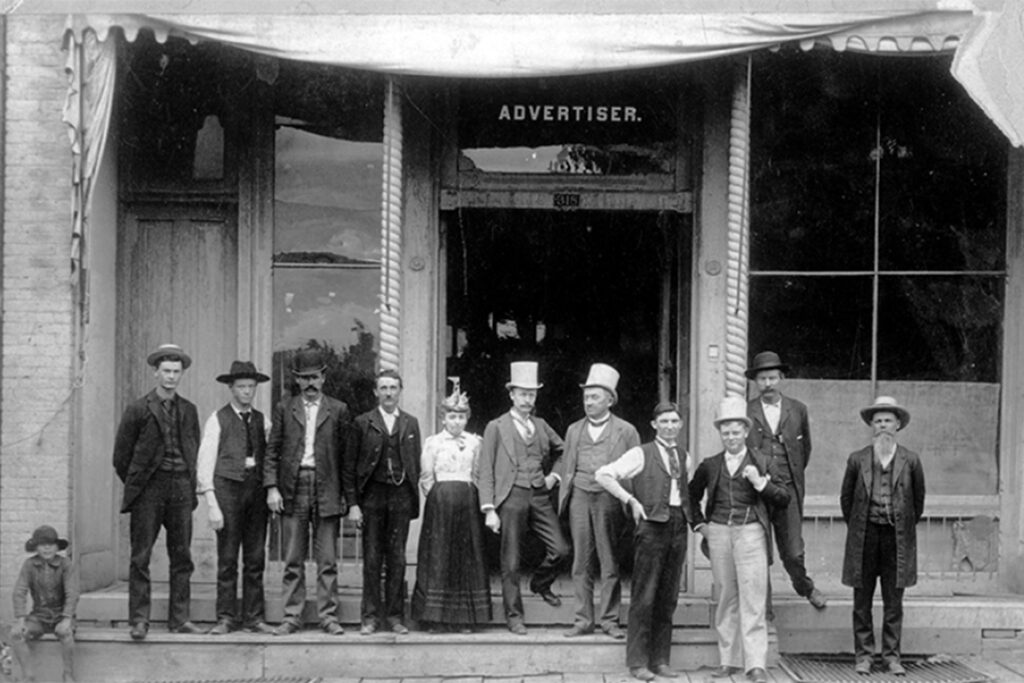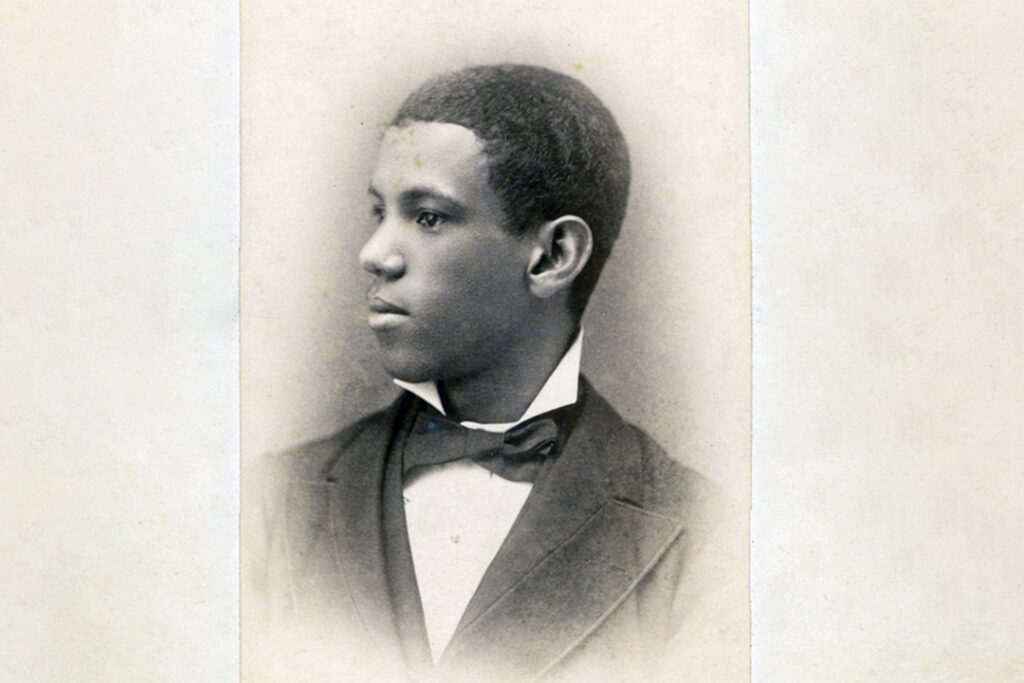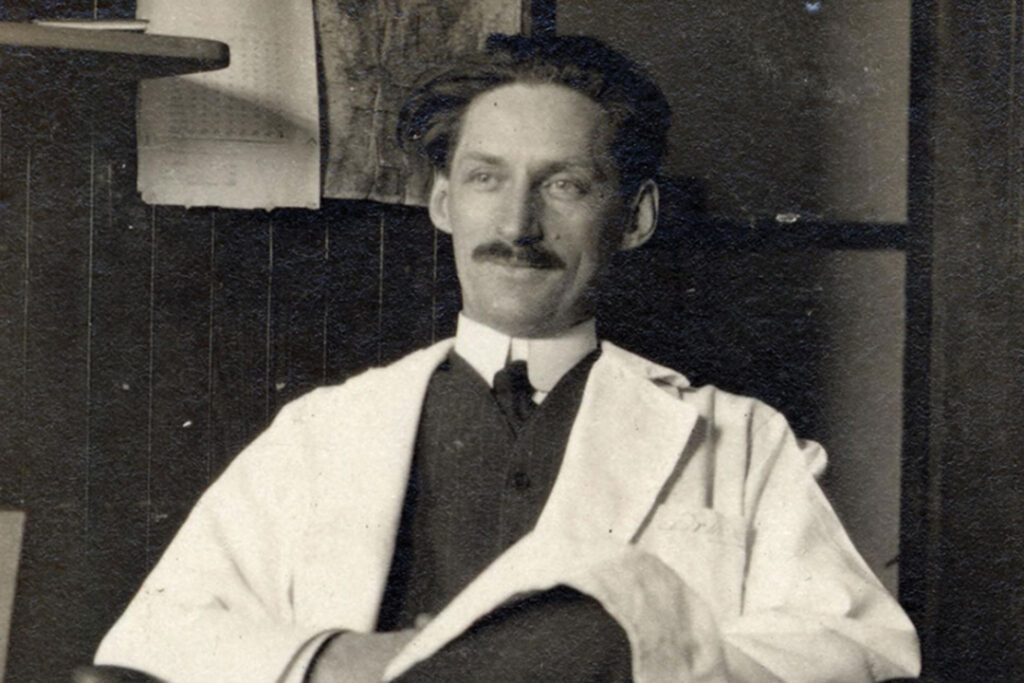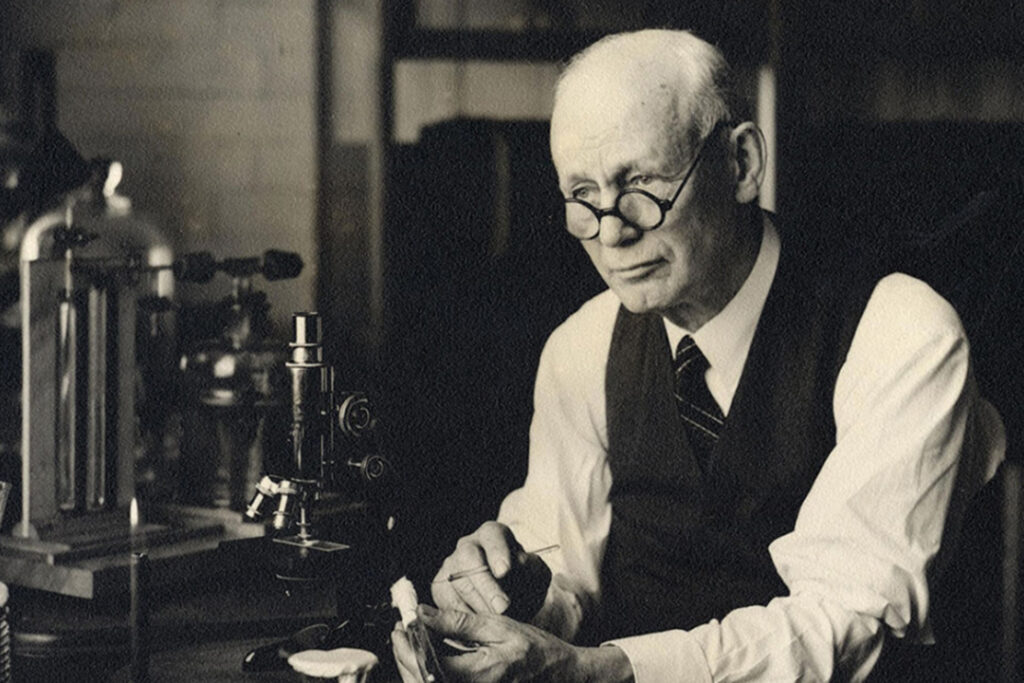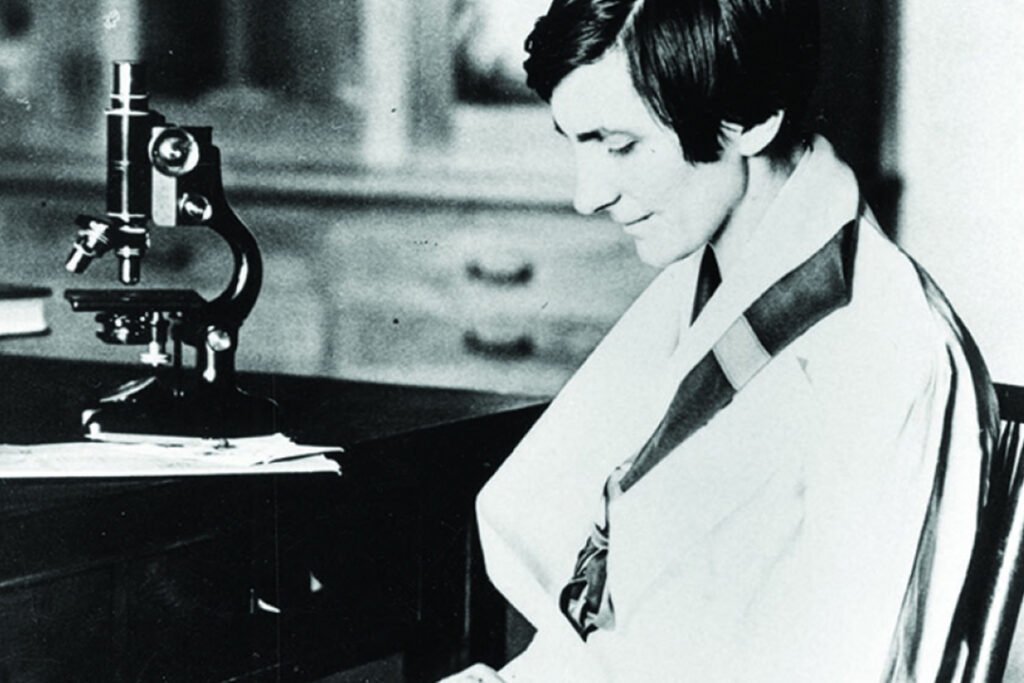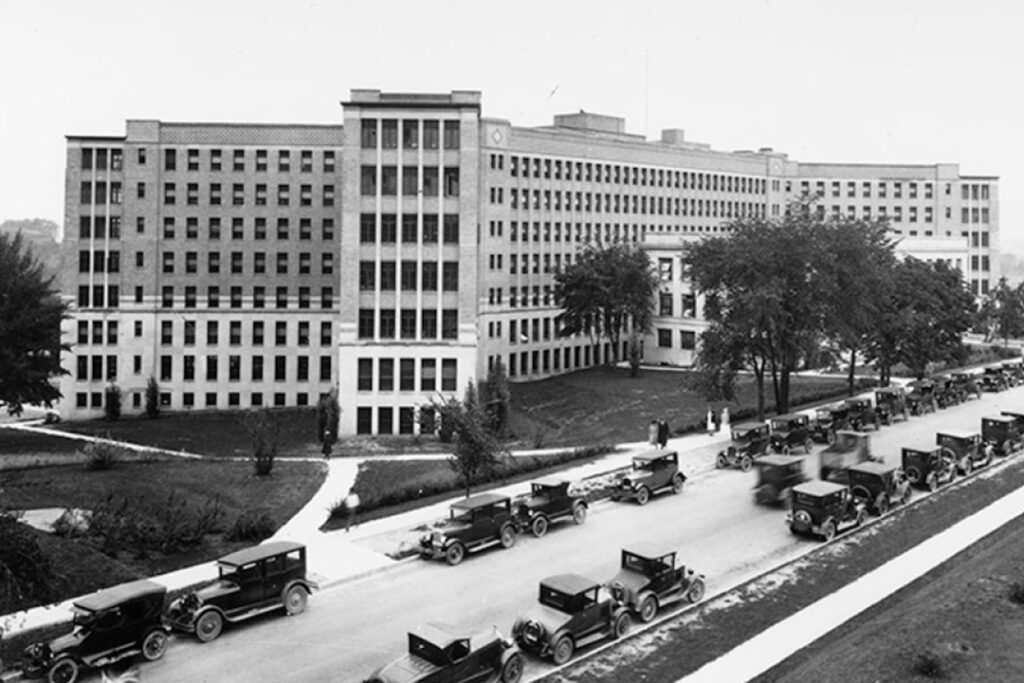‘An example worthy of imitation’
When they passed through the grand columns at the entrance of their just-completed building in October of 1850, the 95 students and five faculty of the University of Michigan Medical School couldn’t possibly imagine what they were starting. They also couldn’t predict the discoveries and innovations that those who followed them would make in U-M medical laboratories, classrooms, and hospitals over the next 175 years. Enjoy this historical overview and watch this video celebrating Michigan Medicine’s incredible legacy. And if you’re feeling sentimental, please share your memories of Michigan Medicine.
-
The first University hospital
In the fall of 1869, U-M students saw workmen hauling furnishings out of a house on North University. One of four houses constructed 30 years earlier for faculty members, it was the one closest to the Medical Building on East University. After the North U house was remodeled, there were 20 tightly packed beds but no clinics, operating rooms, wards, or offices. It wasn’t much. But it was the first structure in the U.S. that could rightly be called a hospital owned and operated by a university. Read more.
-
In her own right
Sarah Gertrude Banks, MD 1873, one of the earliest women to graduate from the U-M Medical School, cared for patients while championing women’s suffrage. Banks was ahead of her time in every way. She and her counterparts were well aware that they were breaking new ground, though they did so in a spirit that was more pragmatic than “quixotic.” Read more.
-
Practicing medicine in the wild, wild west
The biography of Dr. Michael Beshoar reads like that of a Wild West Renaissance man whose name should be found in history books. Yet this remarkable and complicated figure is probably one of the most unrecognized American physicians of the late 19th century. In addition to being a medical school graduate, he was a Confederate soldier, POW, Union surgeon, pioneer, politician, and entrepreneur. Read more.
-
From Puerto Rico to medical school
José Celso Barbosa traveled from Puerto Rico to New York City in 1875, intent on earning a graduate degree in engineering or law, depending on which source you read. He attended a prep school, where he learned English in a year, but his journey after that was slowed when he became ill with pneumonia. The illness led to a fateful meeting with a certain Dr. Wendell, who encouraged Barbosa to forego engineering or law and to pursue medicine instead. Read more.
-
X-ray visionary
James Gerrit Van Zwaluwenburg, MD 1908, was an early adopter of X-ray technology, and he made imaging an integral element of clinical diagnoses and patient care at U-M. His enthusiasm for X-rays “was inextinguishable,” a friend said. He was appointed assistant professor of roentgenology — U-M’s first radiologist. Then, in 1917, the regents authorized him to organize a Department of Roentgenology and named him its chair. Read more.
-
The pursuit of exact truths
Frederick Novy helped lay the groundwork for modern medical science as we know it. If you had seen him at U-M between 1888 and 1933, you might have dismissed him as an eccentric scientist in a threadbare suit and mismatched coat, careening across campus on his bicycle. But to do so would be to miss his extraordinary contributions to medical science and the U-M Medical School at a time when medicine was lacking certainty and authority. Read more.
-
No resignation
Renowned neuroanatomist Elizabeth Crosby was a brilliant researcher and a dedicated teacher whose students adored her. She spoke of her many years at U-M with fondness. So why did she try to resign numerous times over the course of her career, beginning in 1937? Read more.
-
Old Main
The Medical School’s 175 years of history tie closely with another key milestone of 2025: the 100th anniversary of the opening of the University Hospital known as “Old Main.” It welcomed patients from 1925-86 and still looms large in the memories of many who worked, trained, or received care there. This fall, the D. Dan and Betty Kahn Health Care Pavilion will open on the site where part of Old Main once stood. Read more.

